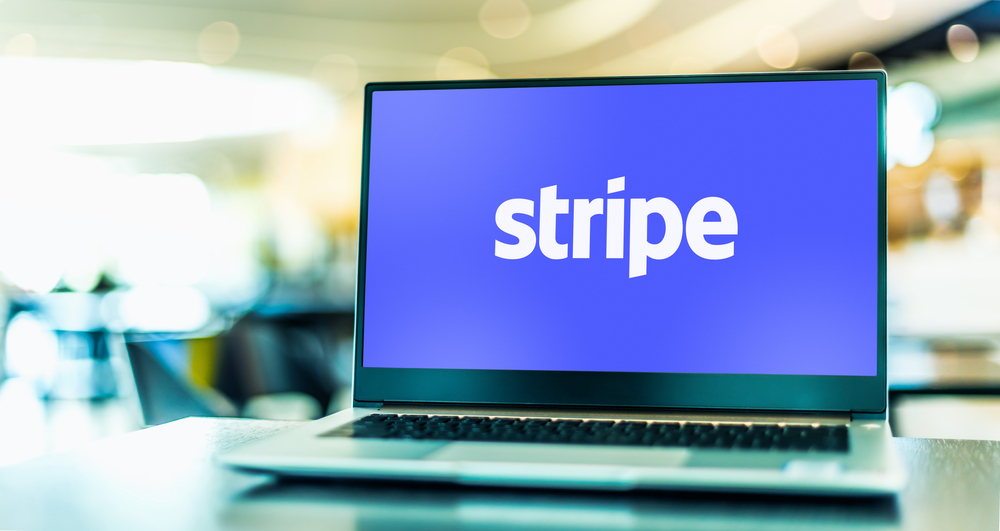
Timeline of a Chargeback: The Merchant’s Guide to Processing Chargebacks
Oct 13, 2021 3 minute Read
The timeline of a chargeback is a tricky one and tends to favor the customer. It involves all parties: customer, card issuer, credit card network, acquirer, and finally the merchant. Merchants who ignore chargebacks or fail to respond in time will lose revenue, increase their chargeback ratio, and take one step closer to account termination. For these reasons, chargeback management is a high-risk merchant’s best ally.
Steps for Chargeback Processing
There are several steps to the chargeback processing timeline, and it starts long before you, as the merchant, get wind of the activity.
Step 1: Customer Requests a Refund from their Issuing Bank
For a variety of reasons, customers will request a refund for a charge they see on their debit or credit card statement from the issuing bank, the underwriter. That means they’ve skipped over the returns and refunds program you offer and went straight to their issuer.
The issuer is then responsible for reimbursing their client the disputed transaction amount. But of course the funds will never start and stop at that financial institution; that money will eventually be requested or taken from you, the merchant if the request is valid.
Before dispersing those funds, however, the issuing bank will review the cardholder dispute. During this process, they make the call that the chargeback is valid or invalid. Invalid means there was no fraud, valid means the dispute will continue forward.
If the chargeback is valid, the customer is issued an immediate refund for the disputed amount.
Step 2: Handing Off the Chargeback from Issuer to Merchant
The chargeback goes from the issuer to the card network to the acquirer. This is true for Visa and Mastercard chargebacks, which are the most common. If the process goes through the American Express or Discover, then it’s a bit different. Those card networks act as both the issuer and acquirer. In this case, processing is more streamlined.
In any case, the acquirer receives the chargeback and reimburses the issuing bank those funds on behalf of the merchant. During this trade-off, the chargeback will incur a load of fees: chargeback fees, network fees, interchange fees, and processing fees. The disputed amount already contains fees paid by the merchant during the original transaction. These are extra fees on top of that, meaning if the chargeback goes through, then the merchant pays the full original amount plus all these other fees. That equals major losses if chargebacks add up, which is exactly why it’s imperative that you respond to every chargeback dispute possible.
After the acquirer receives the chargeback and reimburses the issuer, the merchant receives a notice imploring them to submit evidence to fight the dispute. The notice will have instructions for next steps about submitting all evidence related to the disputed transaction so you can prove you’re not at fault and shouldn’t have to pay.
Step 3: Responding to the Chargeback
You should respond to every chargeback. If you’re receiving a lot of requests, then you should consider implementing chargeback prevention techniques. You shouldn’t assume that every dispute equates to lost revenue for you because you can absolutely win if the chargeback is fraudulent.
In your response, you should compile all relevant material and additional information from a variety of sources, like the payment processor, card network, shopping cart provider, and your own customer service or CRM. Items like GPS, shipping info, and device info can help to confirm the identity of the cardholder. Past transaction history with that card/customer, customer support transcripts, and transaction processing date will also help verify the customer-merchant relationship.
Your response must correlate to the chargeback reason code used in the dispute, otherwise your efforts will have been wasted, and sent to the acquirer. This process of challenging the cardholder dispute is called representment.
The acquirer sends the response to the card network, which forwards it over to the issuer.
Step 4: Making the Final Decision
If you didn’t respond to the chargeback at all, then you lost the funds plus incurred fees. If you did respond, then the issuer will review your supporting evidence and make a dispute resolution.
If your evidence disproves the chargeback claim, then you win and the refund is denied. In this case, funds from the issuer are taken by the card network and given to the acquirer. The acquirer puts those funds back into your account and it’s no harm no foul.
If your evidence doesn’t convince the issuer, then you lose. That means the customer gets their money back and you pay for it (and more).
Additional Possibilities
Let’s say you win but the cardholder is unhappy and disputes the verdict. For some card networks, it’s considered a second chargeback; for others, it’s called pre-arbitration. Either way, it goes through the same process outlined in Steps 1-4.
If the merchant wins again and the cardholder is adamant about getting their money back, then the dispute reaches arbitration. You, the merchant, are charged $250. The card network hears both sides of the chargeback story and ultimately decides who wins. If you win, then the issuer refunds your $250. If you lose, then you lose the $250 fee along with some fees.
The Length of Time the Chargeback Process Takes
If you’re one of the many who wonder, “how long does a chargeback take?”, then we have bad news: there’s no clear answer. That’s because each chargeback reason code has its own timeframe and the process of disputing a chargeback can extend that time period.
What is the chargeback time limit?
The chargeback time limit is the window of time in which a merchant must respond to each step of the chargeback process. Every deadline is strict, so waiting too long will result in an automatic loss for you. These time limits differ depending on the card network.
For Visa chargebacks, the time limit for each phase is 30 calendar days. For arbitration, the deadline is 10 days.
For Mastercard, the chargeback time limit is 45 days for all stages.
These dates correspond to the initial chargeback processing by the bank (CSBD) as well as the day arbitration is presented.
How long do customers have to file a chargeback?
120 days is the general timeline for cardholders to request a refund from their issuing bank. Then, the customer has 45 days from CSBD to initiate arbitration if they are denied the refund.
4 months is quite a while for a customer to wait to start the chargeback process, and it can seriously hurt the merchant. If so much time has passed, defending evidence might be lost or you might be take off-guard and ill-prepared to handle a chargeback at that time.
Keep in mind that 120 days is the limit for customers to file a dispute with the issuer. A few more days may pass before it reaches you.
Methods to Avoid the Chargeback Process, or at Least Be Prepared
The chargeback timeline is long and tedious, so the best solution is to avoid billing disputes altogether. But not all chargebacks can be avoided, so the second-best thing is to be prepared.
Use Customer Verification Tools
Tools like 3D Secure, AVS, and CVV are great additions to the checkout experience and can be implemented via plugins for your payment gateway. They act as additional steps to confirm the identity of the cardholder, which helps avoid chargebacks and fraud altogether. Attempts from fraudsters will result in declined authorizations, no authorization, cancellation of the transaction, and credit not processed.
There are also fraud tracking tools that help you collect data related to the customer’s device via device fingerprinting, GPS, and other information. This helps to further confirm the validity of the transaction and should be used as compelling evidence if you go through the chargeback dispute process.
By using these prevention tools, you can eliminate the risk of fraudulent processing of transactions, which means if chargebacks do continue to come in, then it might be due to processing error like duplicate processing or processing the incorrect currency. Otherwise, customers might use friendly fraud against the retailer, claiming defective merchandise or attempting to cancel a recurring transaction.
Update Your Return and Refund Policies
A lot of the time, customers simply don’t like your refund policy, so they skip over your customer service and head straight to their bank. By updating your terms, you can prevent chargebacks from happening. You may see an increase in returns and refunds, but you can eliminate the refund fee from your payment processor, and you can avoid all the incurred fees from a chargeback.
A clear refund policy is helpful as evidence, too. If it’s easily accessible on your site and shared via email to your customers or attached to their order confirmation, then you can submit it as evidence.
Collect and Organize Customer Data
You should save all communication transcripts with customers for at least 1 year to be used as evidence if needed. Using a CRM that helps you organize customer data and documents can greatly influence your ability to win a chargeback dispute or avoid the chargeback timeline entirely. Previous orders, cardholder’s account number, communication attempts, delivery address, and payment details are great forms of evidence.
Customer complaints should also be addressed immediately, even on 3rd-party review platforms. Your attempts to alleviate concerns customers have with your business work wonders towards your compliance toward disputes. You can also use this data to view patterns in customer complaints, then use it to make internal adjustments that help avoid those issues in the future.
The timeline of a chargeback is both long and constricting. The best solution is to prevent chargebacks and monitor fraud.
DirectPayNet provides merchants with merchant account services that include chargeback prevention and fraud protection so you can avoid the chargeback process.





1 thought on “Timeline of a Chargeback: The Merchant’s Guide to Processing Chargebacks”